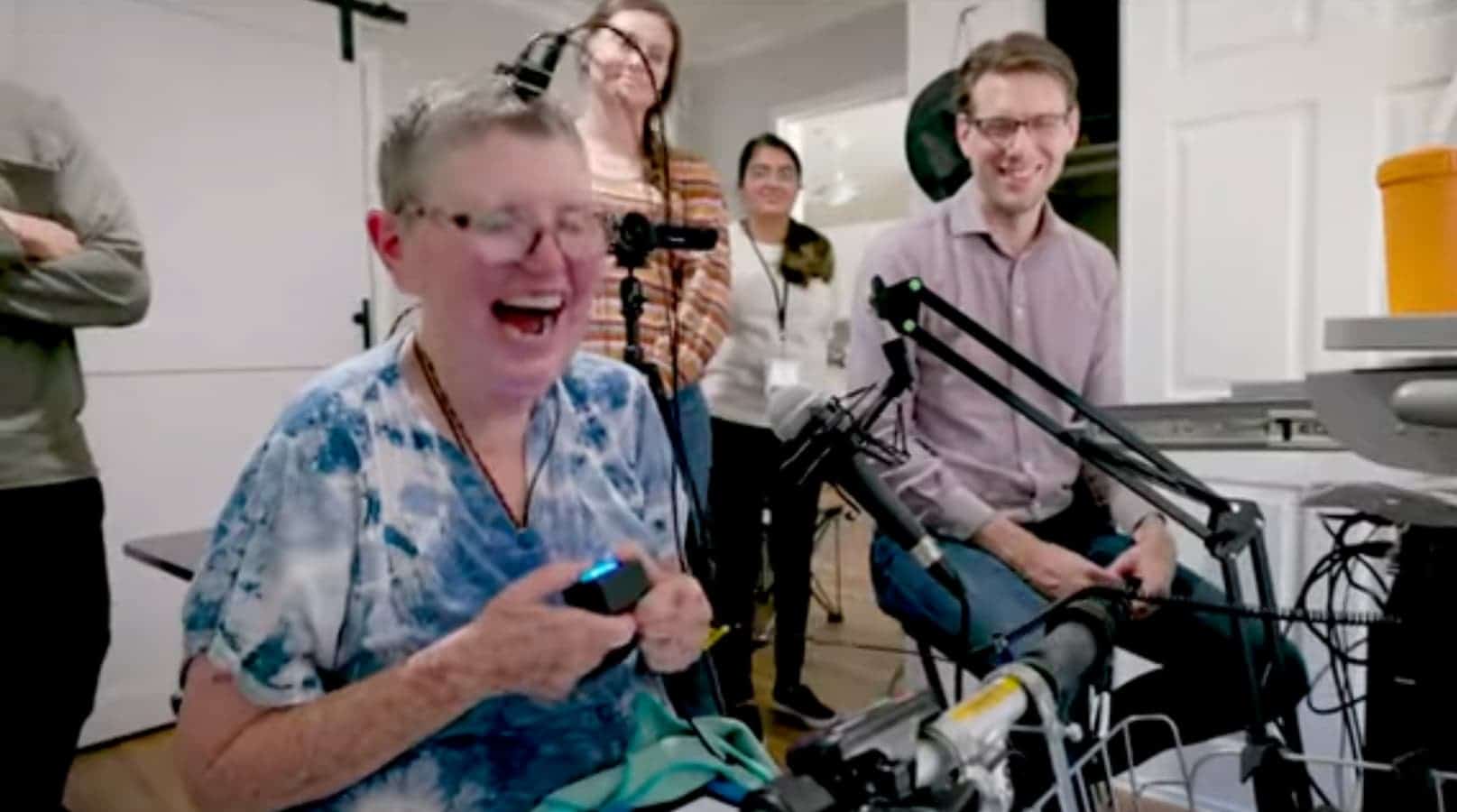AI
Stanford’s revolutionary brain implants help woman speak again
The technology has the potential to transform the lives of those living with paralysis.

Just a heads up, if you buy something through our links, we may get a small share of the sale. It’s one of the ways we keep the lights on here. Click here for more.
In a significant scientific breakthrough, two paralyzed women have regained the ability to communicate through a revolutionary brain implant experiment.
Despite their inability to speak, the women’s cognitive ability to form words remained intact. The innovative brain implants interpret the neural activity associated with speech, allowing the women to communicate via a computer at an impressive speed.
“It is now possible to imagine a future where we can restore fluid conversation to someone with paralysis, enabling them to freely say whatever they want to say with an accuracy high enough to be understood reliably,” said Frank Willett, a research scientist at Stanford University’s Neural Prosthetics Translational Laboratory, during a media briefing on Tuesday.”
The devices decoded their intended speech at rates far surpassing previous records. The experiment, led by Stanford University’s Neural Prosthetics Translational Laboratory, marks a significant stride towards restoring real-time speech using a brain-computer interface.
The technology has the potential to transform the lives of those living with paralysis. For a more detailed look at this groundbreaking study, watch the video below for more information. It’s going to blow your mind.
Have any thoughts on this? Drop us a line below in the comments, or carry the discussion to our Twitter or Facebook.
Editors’ Recommendations:
- Is the Samsung Galaxy Watch 6 waterproof?
- Wear OS 4 is official, but only on the Samsung Galaxy Watch 6 series
- Apple Watch X will be a major redesign launching next year
- New leak reveals Google Pixel Watch 2 specs






























